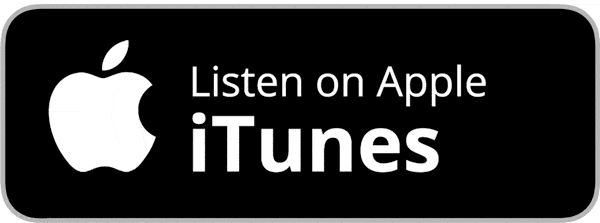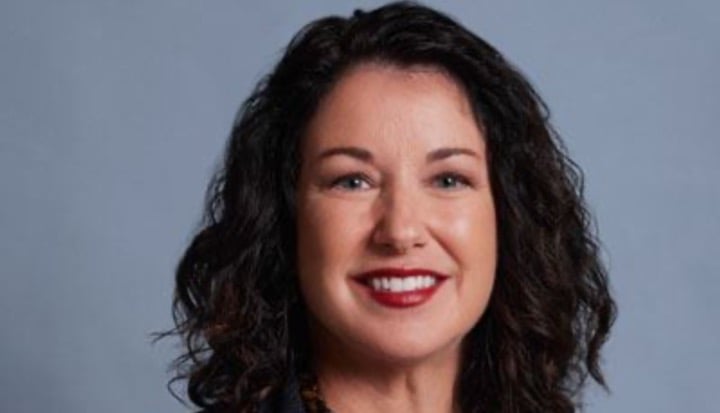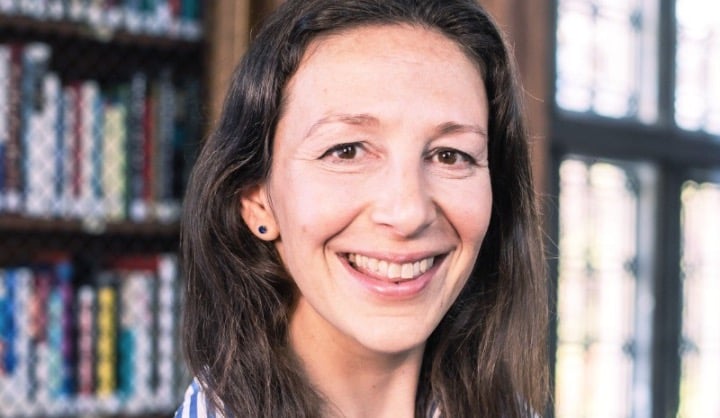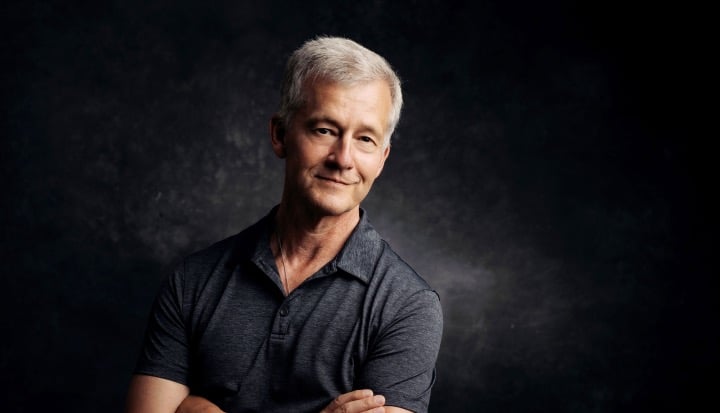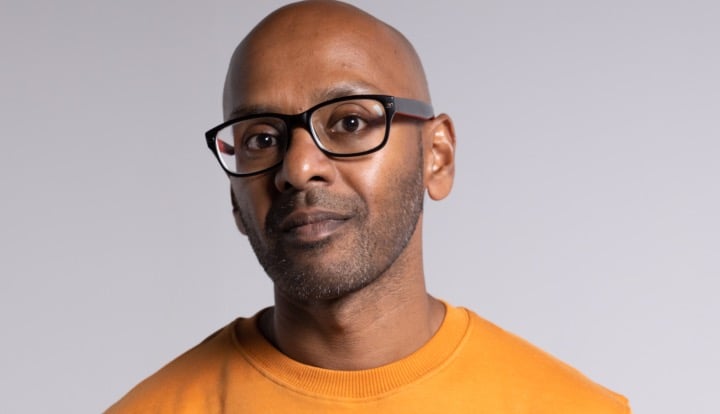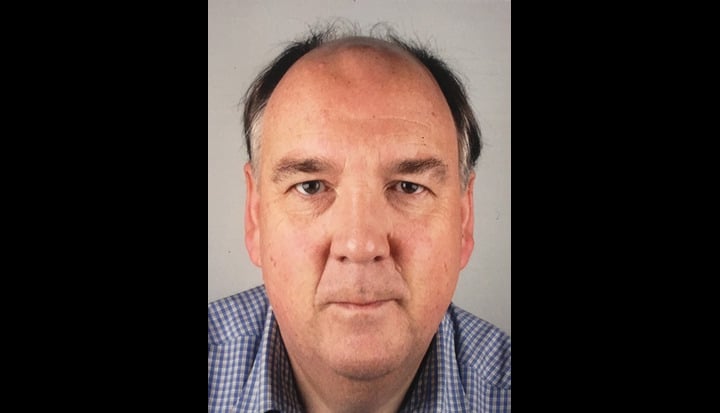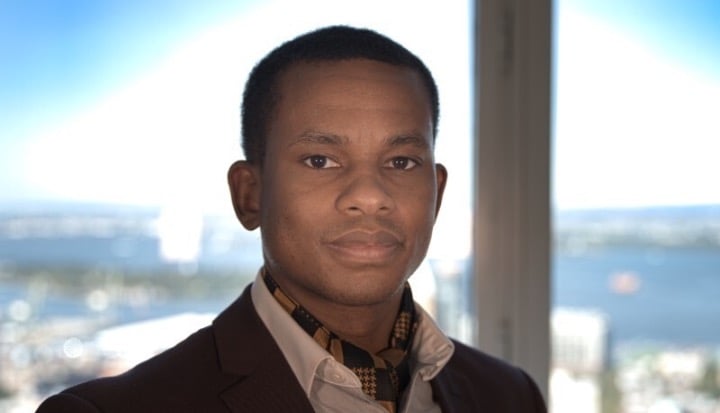As part of our focus on Business and the Sustainable Development Goals, we interviewed Brian Sullivan about the work he is doing at Google to tackle deforestation and overfishing.
BFP: Tell us about your role at Google
Brian: I am a Program Manager for Google Ocean & Earth Outreach, a team dedicated to leveraging and developing Google’s infrastructure to address global environmental, health & humanitarian issues through partnerships with nonprofits, educational institutions and research groups.
We are looking at how our experience in data and visualisation can help scale up programmes that are tackling some of the biggest challenges facing our planet. Two of our larger projects underway are focused on understanding deforestation and large scale commercial fishing at global scales. In both cases we believe that technology can be transformative by making data more transparent.
We identify initiatives that are already underway and see how we can help them achieve greater impact. On the forestry project, Global Forest Watch, we partnered with an existing initiative run by Imazon, an environmental group in Brazil, the University of Maryland and World Resources Institute (WRI). Using Google’s Earth Engine and cloud computing capacity, we have been able to process vast amounts of satellite imagery to visualise what is happening to our forests, and update this in near real-time; global analysis that would take hundreds of years to run on a high end workstation can be done in a matter of a day or so on Google’s infrastructure. We have also been able to expand the scope from an initial small project area in the Amazon, to the entire Amazon Basin and now to the whole world. Android phones loaded with ODK, an open source application, enables individuals and indigenous groups to share geo-tagged photographs of what is happening on the ground, allowing consistent measurement. Ultimately, our aim is not to punish bad behaviour, but to drive change by creating transparency around who is doing well, and enabling people to learn from their experience.
Just over a year ago, we launched another initiative, Global Fishing Watch, in partnership with two environmental NGOs, SkyTruth and Oceana. Our algorithms translate near real-time data on large-scale commercial fishing vessel movements to map where and when boats are fishing over time creating a view that was never possible before. Global Fishing Watch will ultimately give anyone with an internet connection a simple, online platform to visualize, track and share information about fishing activity worldwide to further the challenge of global sustainable fisheries.
BFP: Have you looked at applying these approaches to other issues?
Brian: We have been exploring how we can help eliminate malaria, in partnership with the School of Medicine at the University of California, San Francisco. Using historic and new satellite data, we can map where outbreaks have occurred, and more importantly predict from the correlation with environmental factors (like proximity to water, temperature and vegetation) where malaria is likely to be transmitted in the future. That can be a powerful tool for governments needing to target their scarce health resources, as well as for NGOs and businesses committed to partnering in the fight against malaria.
Another area we have been looking at is air quality. In partnering with EDF and equipping our street view cars with methane sensors, we are building up a picture in the US of air quality, and creating the opportunity for officials and the public to correlate this with policy and other environmental factors.
BFP: What have you learnt from getting these initiatives off the ground, and what advice would you have for others?
Brian: Finding the right partners is absolutely key. They need to fit culturally and have a similar vision. We look for organisations that are hungry about what they are trying to achieve, have a good understanding of technology, and have the capacity to drive the programme.
Effectively reaching out to talent within Google has also been critical. Employees are allowed to volunteer 20% of their time, and we draw on this to help staff some initiatives. One thing I have found is that speaking the right language is crucial to getting people on board. Within Google, some colleagues are excited by the technical challenge, so when I approach them, that’s how the opportunity needs to be framed. For others, they are primarily driven by a passion for the issue we focusing on. The excitement is contagious – once I get 2 or 3 people in, others hear about what we are doing and want to be involved. Rewarding people is also important; I make a point of telling their managers how they are contributing to these high-impact projects and ensure they are getting what they need out of the project.
BFP: How can organisations partner with you?
Brian: Each year we invite 100 people from the non-profit sector to attend a one-week workshop at our headquarters in Mountain View, California. Participants receive hands on training of Google tools and opportunities to hear how other non-profits are using them to further their missions. Our strategy is to identify and focus on a small number of large initiatives, while enabling other nonprofits to be self-sufficient. In addition, any non-profits can access free tools via the Google Earth Outreach website.
BFP: How did you get involved in this, and what do you enjoy most about your work?
Brian: I joined Google about 9 years ago, after working in West Africa on digital divide issues as well as a few years as a strategy consultant in the financial services. From the very beginning of my time at Google, I was keen to join the Earth Outreach team and found a way to make the move after a few years. I am passionate about the idea that data transparency can drive transformative change, and I enjoy working with external partners and internal colleagues from across the business to deliver impact.
